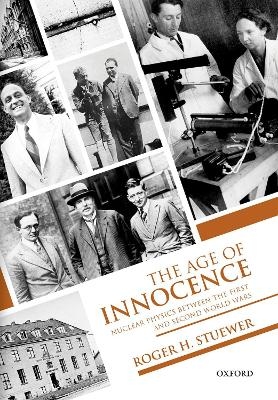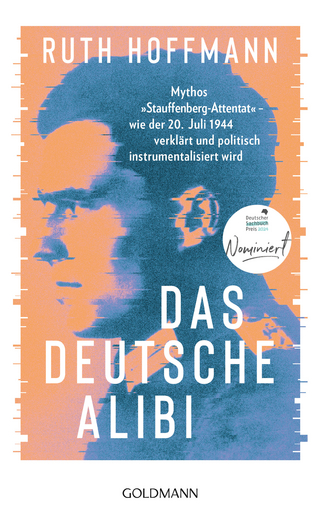
The Age of Innocence
Oxford University Press (Verlag)
978-0-19-882787-0 (ISBN)
The two decades between the first and second world wars saw the emergence of nuclear physics as the dominant field of experimental and theoretical physics, owing to the work of an international cast of gifted physicists. Prominent among them were Ernest Rutherford, George Gamow, the husband and wife team of Frédéric and Irène Joliot-Curie, John Cockcroft and Ernest Walton, Gregory Breit and Eugene Wigner, Lise Meitner and Otto Robert Frisch, the brash Ernest Lawrence, the prodigious Enrico Fermi, and the incomparable Niels Bohr.
Their experimental and theoretical work arose from a quest to understand nuclear phenomena; it was not motivated by a desire to find a practical application for nuclear energy. In this sense, these physicists lived in an 'Age of Innocence'. They did not, however, live in isolation. Their research reflected their idiosyncratic personalities; it was shaped by the physical and intellectual environments of the countries and institutions in which they worked. It was also buffeted by the political upheavals after the Great War: the punitive postwar treaties, the runaway inflation in Germany and Austria, the Great Depression, and the intellectual migration from Germany and later from Austria and Italy.
Their pioneering experimental and theoretical achievements in the interwar period therefore are set within their personal, institutional, and political contexts. Both domains and their mutual influences are conveyed by quotations from autobiographies, biographies, recollections, interviews, correspondence, and other writings of physicists and historians.
Roger H. Stuewer received a double Ph.D. major in history of science and physics at the University of Wisconsin and founded the Program in History of Science and Technology at the University of Minnesota where he is Professor Emeritus. He has held appointments at Boston University and Harvard University, and has been visiting professor at the Universities of Munich, Vienna, Graz, and Amsterdam. He received the Abraham Pais Prize for History of Physics in 2013 and the Distinguished Alumni Award of the Department of Physics at the University of Wisconsin in 2014. He is a Fellow of the American Physical Society, the American Association for the Advancement of Science, and the American Association of Physics Teachers.
1: Cambridge and the Cavendish
2: European and Nuclear Disintegration
3: Vienna and the Institute for Radium Research
4: The Cambridge-Vienna Controversy
5: The Quantum-Mechanical Nucleus
6: Nuclear Electrons and Nuclear Structure
7: New Particles
8: New Machines
9: Nuclear Physicists at the Crosswroads
10: Exiles and Immigrants
11: Artificial Radioactivity
12: Bet Decay Redux, Slow Neutrons, Bohr and his Realm
13: New Theories of Nuclear Reactions
14: The Plague Spreads to Austria and Italy
15: The New World
| Erscheinungsdatum | 07.08.2018 |
|---|---|
| Zusatzinfo | 93 black and white illustrations |
| Verlagsort | Oxford |
| Sprache | englisch |
| Maße | 176 x 248 mm |
| Gewicht | 1088 g |
| Themenwelt | Geschichte ► Allgemeine Geschichte ► 1918 bis 1945 |
| Geschichte ► Teilgebiete der Geschichte ► Militärgeschichte | |
| Naturwissenschaften ► Physik / Astronomie ► Atom- / Kern- / Molekularphysik | |
| ISBN-10 | 0-19-882787-3 / 0198827873 |
| ISBN-13 | 978-0-19-882787-0 / 9780198827870 |
| Zustand | Neuware |
| Haben Sie eine Frage zum Produkt? |
aus dem Bereich


